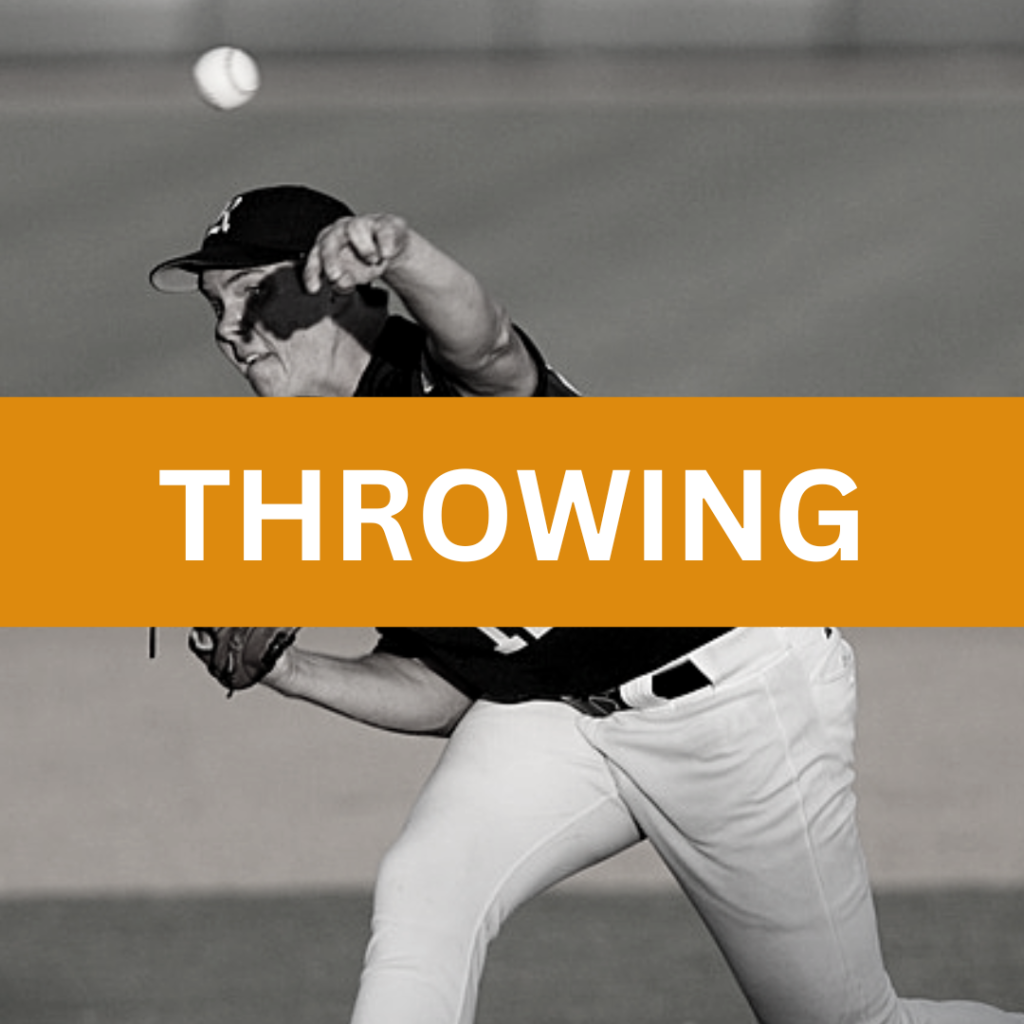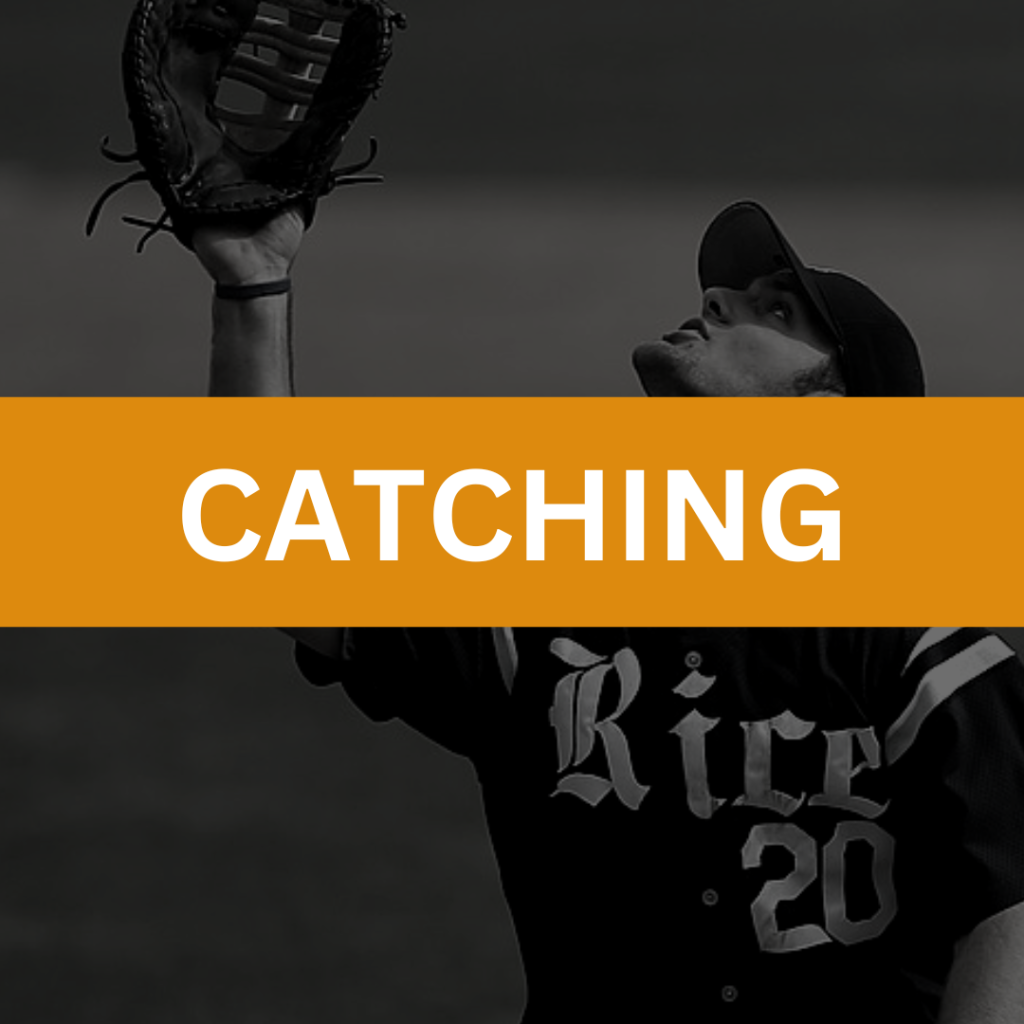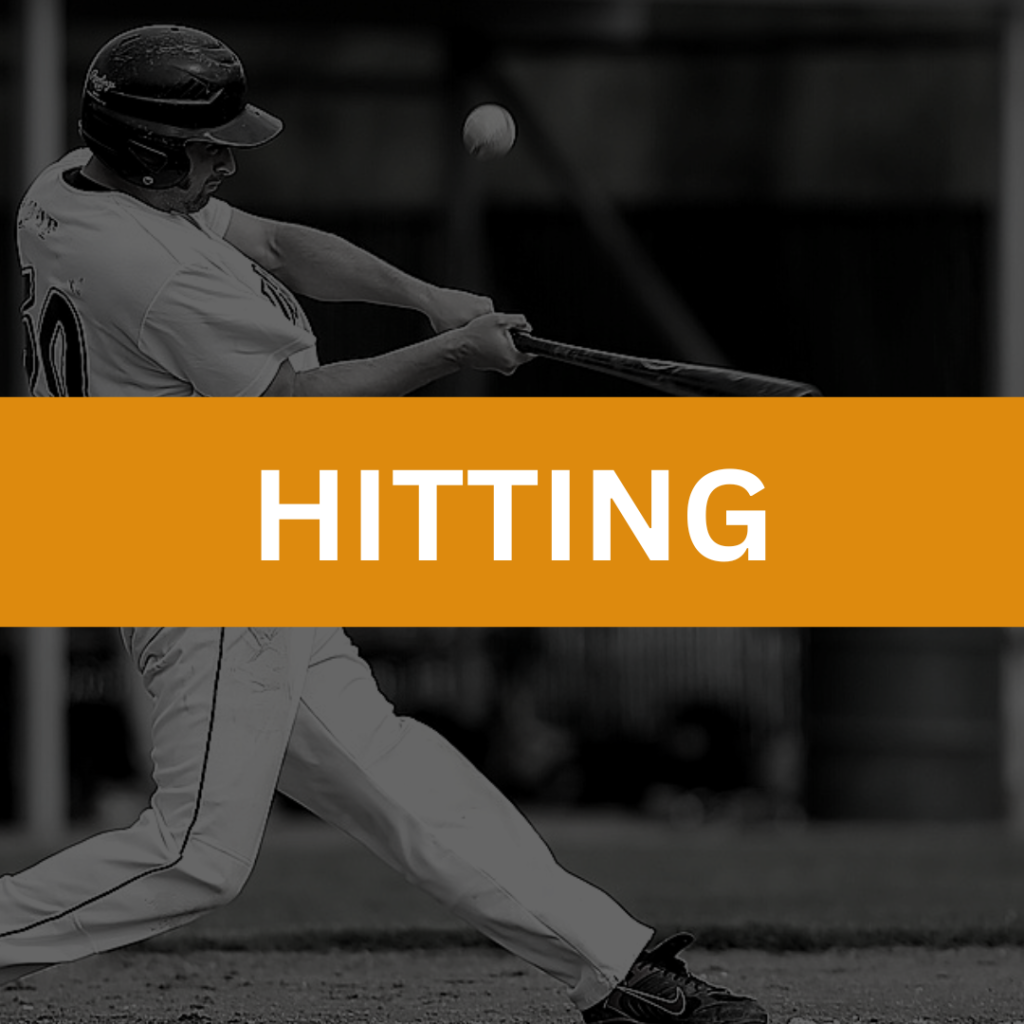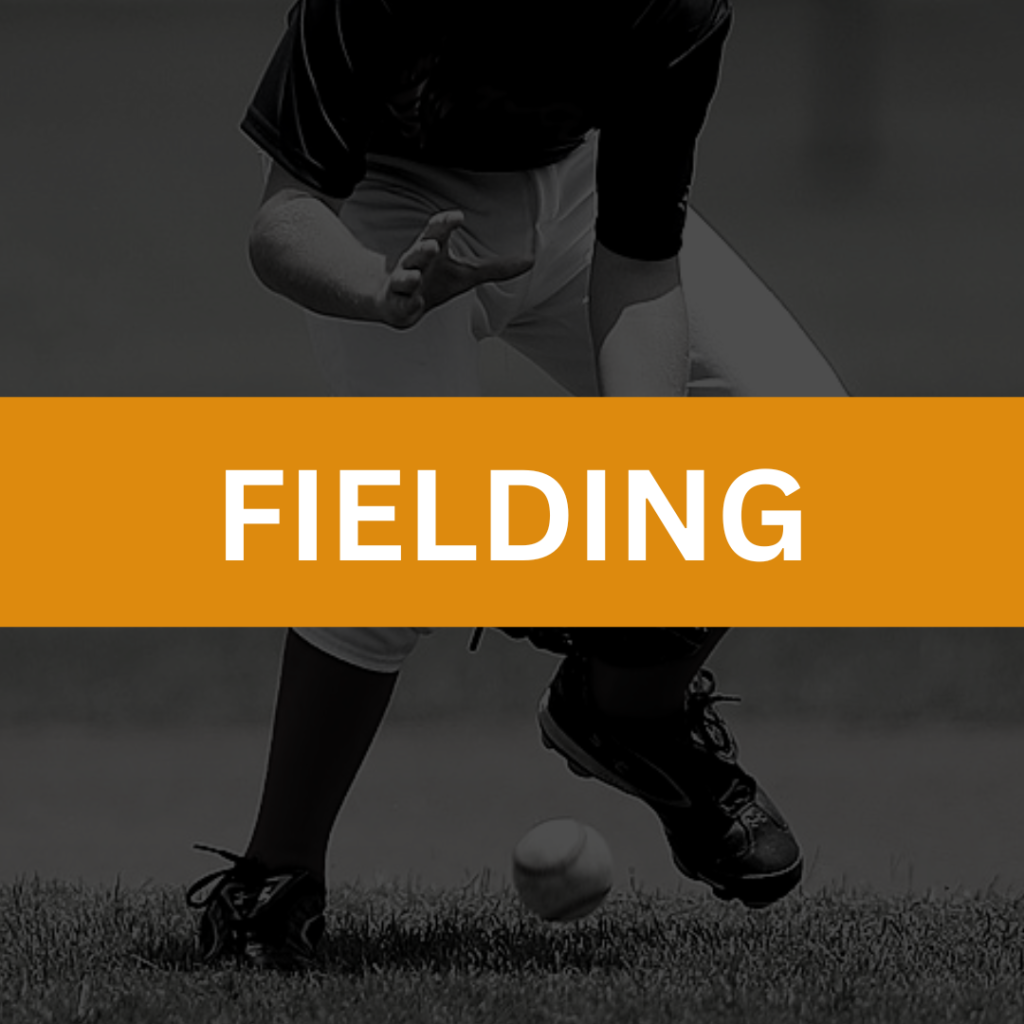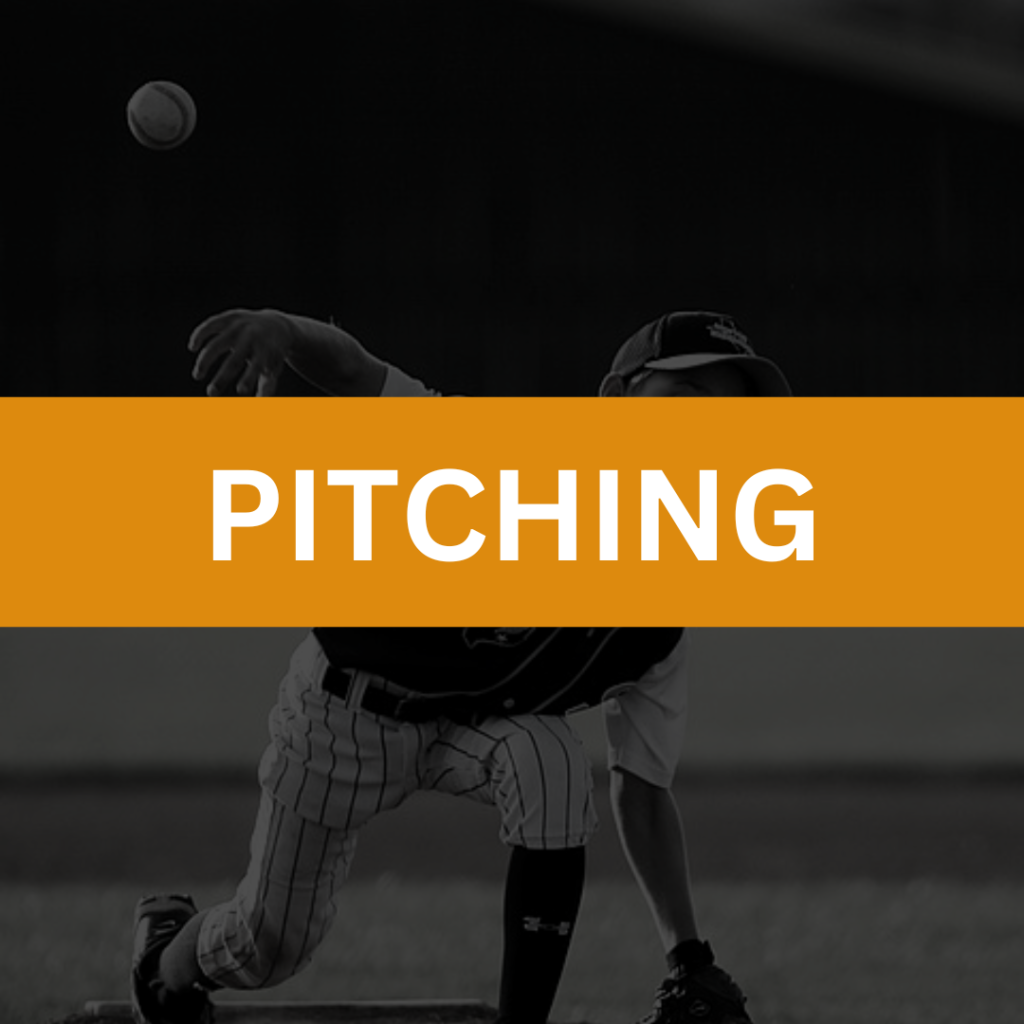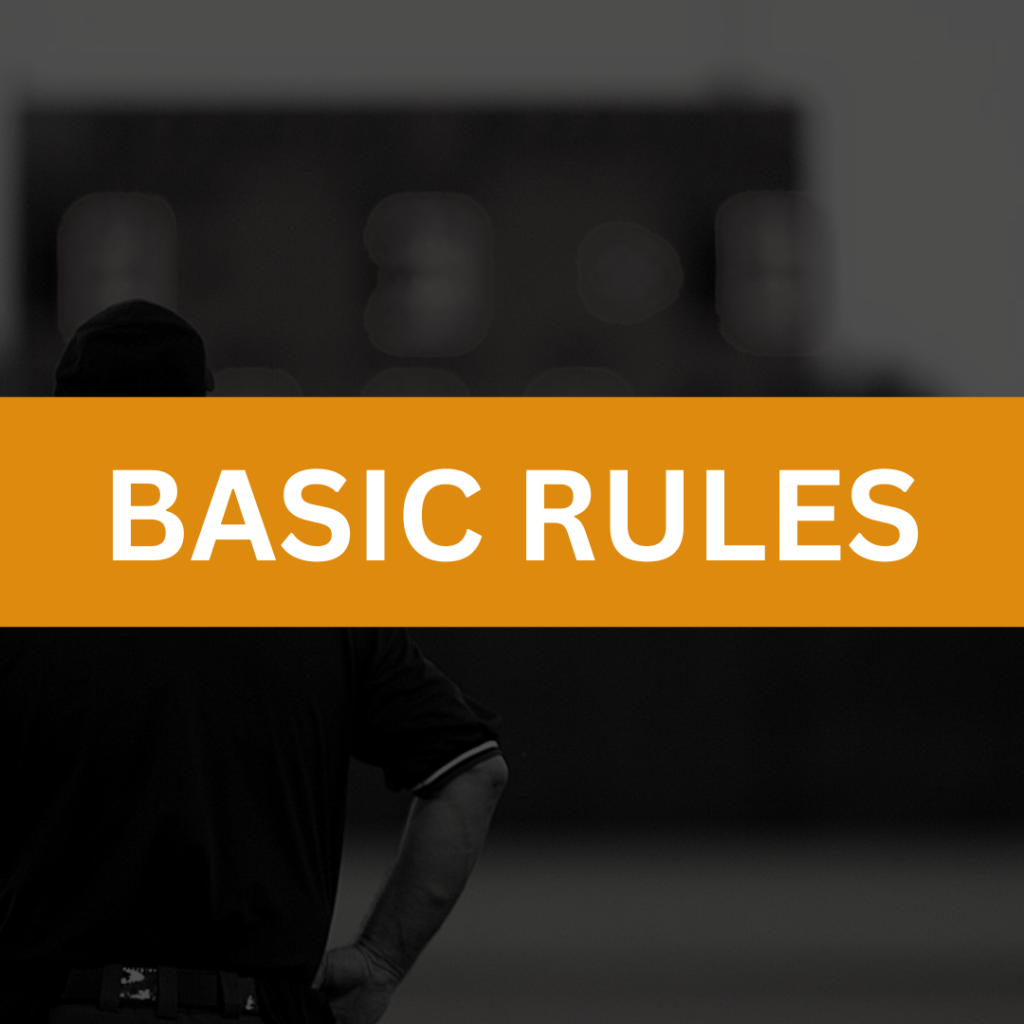
Coaching and Teaching The Fundamentals of Baseball to 5-8 Year Olds: Drills and Games
When coaching baseball drills for kids (focus age groups: 5, 6, 7 and 8 year olds), your approach will be different to older age groups.
Your role as a coach is to provide a positive learning environment and deliver your baseball practices in a fun and engaging way.
While you are looking to coach the fundamentals of baseball it’ll be a more basic alternative to the game while focusing heavily on the fundamental skills needed to play.
The fundamental skills and topics you should cover at these age groups include:
Gotta Get To Training? Kids Baseball Drills Quick Summary Guide:
- Step #1: Choose a drill from below – we start at age 5 and slowly work the drills up in complexity until ages 8.
- Step #2: Write your progressions/regressions – write 3 progressions & 1-2 regressions to make the drill progressively harder/easier for your group
- Step #3: Make note / Screenshot – Make note of the drill set up with your progressions/regressions in an easy to reference note ready for practice
Baseball Drills for Kids: 5 Years, 6 Years, 7 and 8 Years Old
Below I have listed a number of drills you can start to use with your 5-7 year old players. I’ve categorized them by ‘suitability’ for each age group:

We start off with the youngest age at 5 years old. Here’s things are very basic, but set up is everything. Fun is your main priority!

By age 6, some of your players will already have a good grasp of the fundamentals. Here you’ll need to find the balance of skills levels between all your players.

Now you can start to introduce more complex movements and skills. At 7 years old kids are really starting to understand the game at wider level.

8 year olds are probably my favorite age group to coach – they have bounds of energy and passion, and are ready to listen. Here you’ll start noticing the more skilled players thrive.
That all said, if you’ve worked with young baseball players for any length of time you’ll know ability levels can vary and so this isn’t an exact science – just a guide. There’s nothing stopping you from mixing and matching the drills across the age groups if your player(s) have the right skills and ability to perform the drill effectively.
Without further ado – here’s are your baseball drills for 5-8 year olds…

Baseball Drills for 5 Year Old’s (5u): Baseball Training For Five Year Old Kids
5 year old baseball players fall into the t-ball age group. T-ball (or tee-ball) is a simplified version of the game and is a great way to introduce your players to the full game of baseball.
…there are of course other things I could write here. But, for now these should be more enough to get you started. Be confident and plan. The rest you will learn on the job.
![Baseball Drills for 5 Year Olds: Throw The Goalie [MindfuseBaseball.com]](https://mindfusebaseball.com/wp-content/uploads/2020/04/Baseball-Drills-for-5-Year-Olds_-Throw-The-Goalie-2.png)
Objective: Throwing and Catching Drill for Kids
This fielding drill encourages your players to get down low and make their stops. It can be setup in a super small space and can even be done indoors with a little bit of space available.
![Baseball Fielding Drills: Moving Square [MindFuseBaseball.com]](https://mindfusebaseball.com/wp-content/uploads/2020/04/Baseball-Drills-for-5-Year-Olds_-Moving-Square.png)
Objective: Develop Throwing and Catching w/ Realism
This drill helps your players develop their throwing and catching skills under more realistic conditions.
![Ready. Aim. Throw. Baseball Drill [MindFuseBaseball.com]](https://mindfusebaseball.com/wp-content/uploads/2020/04/Ready.-Aim.-Throw-Baseball-Drill.png)
Objective: Baseball drill for both kids and adults to improve throwing accuracy
Ready Aim Throw focuses less on the power of the throw (although this can be worked on by increasing the distances) and more on the technique and accuracy of throws.
![Baseball Drills for Kids: Ball Familiarity [MindfuseBaseball.com]](https://mindfusebaseball.com/wp-content/uploads/2020/04/Ball-Familiarity-1024x748.jpg)
Objective: To get younger players familiar with the shape, size, feel and weight of the ball
Not specifically a drill but nonetheless an important introduction your young players should have.
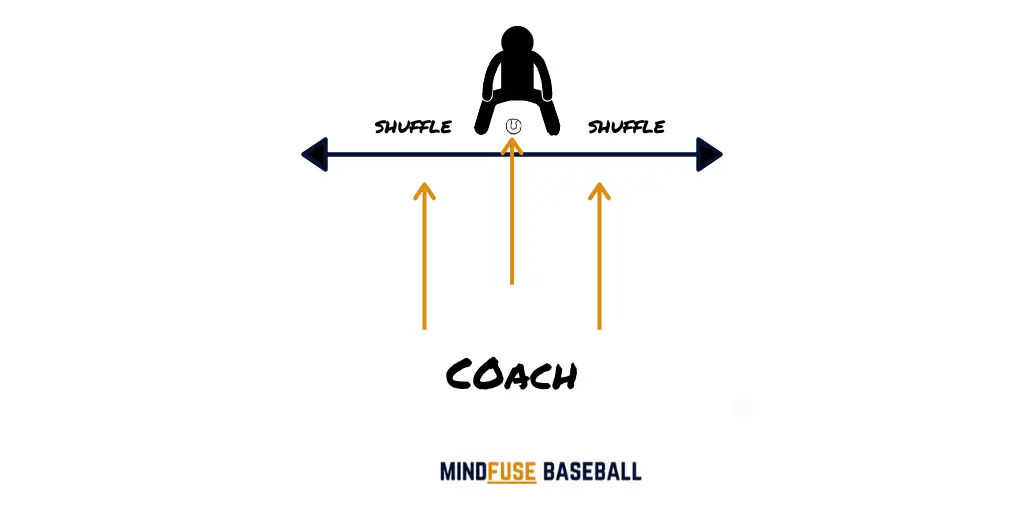
Objective: To get your young players used to tracking the ball
This a great fun baseball fielding drill for kids that can be progressed with ease. Get your players tracking the ball better while working on their hand-eye coordination at the same time
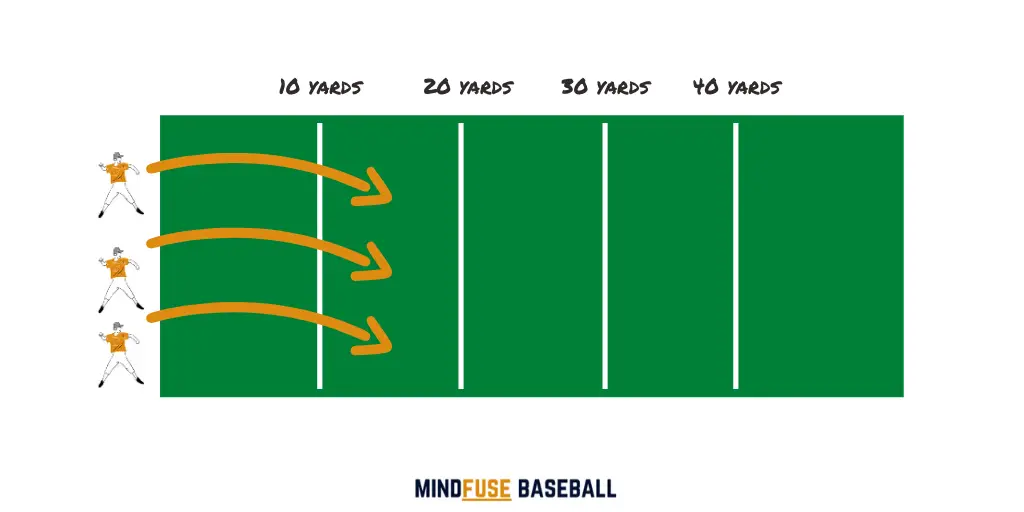
Objective: To help improve throwing power and technique
While this drill is pretty much an all out ‘how far can you throw’ it’s a great drill drill for both individuals and large groups. And less spoken about is it ability to give instant feedback on a players throw…
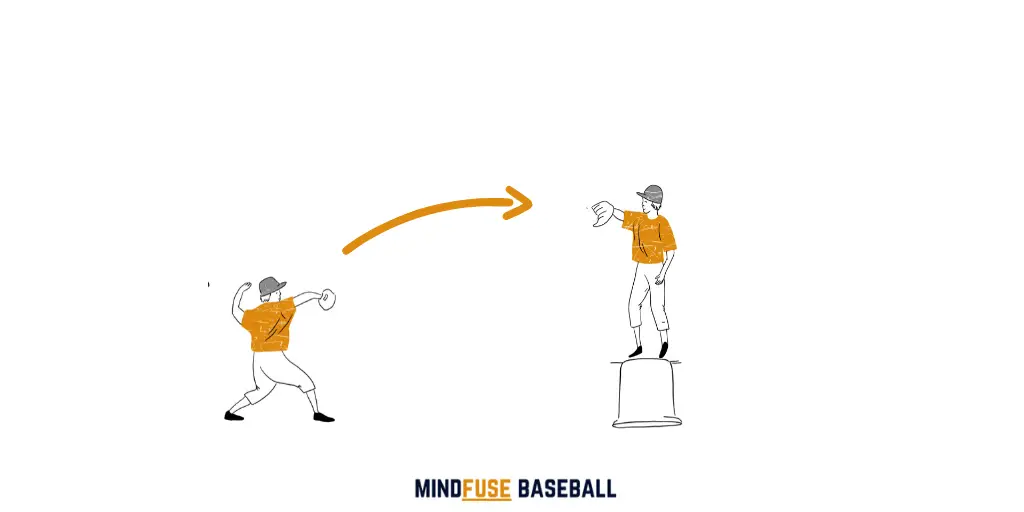
Objective: To help young players overcome the fear of catching the ball
You’ll likely come up against this with a lot of younger players in some shape or form – being scared of the ball. This beautifully simple catching drill helps your young players develop more confidence while improving their catching skills at the same time.
![Baseball Drills for Kids: Kiss The Ball [MindfuseBaseball.com]](https://mindfusebaseball.com/wp-content/uploads/2020/04/Kiss-The-Ball-Baseball-Drill.png)
Objective: To help young players develop good bat control
Kiss The Ball works on helping your young players develop better bat control and understand the movement their body and bat should take when hitting the ball.
![Baseball Drills for Kids: [MindfuseBaseball.com]](https://mindfusebaseball.com/wp-content/uploads/2020/04/Bucket-Drop-Baseball-Drill.png)
Objective: A drill ‘add-on’ that encourages your players to safely and properly drop their bat after hitting the ball
Not exactly a drill in itself but a simple way to ensure the safety of all your players while enforcing good practice after hitting the ball
Objective: To help players with their hitting development and reaction skills. A great improvised drill I found when looking for some baseball drills while quarantined. With a little bit of creativity most things are possible….
Advanced Tee Skills
Advanced Skills Tee instinctively helps players develop a level swing – something really important to focus on at younger age groups. Check out the video above…
[TIPS] Coaching 5 Year Old’s Baseball for the First Time
A few tips to keep in mind when coaching baseball to 5 year olds…
- Keep It Simple: Don’t complicate things. While 5 year olds can be really easy to engage with fun and energetic baseball practices – you will lose them quicker than Usain Bolt can run 100M if you start to complicate more than it needs to be.
- Structure Your Practices: If you don’t have a clear plan and structure for your practice – your little cute 5 year old’s will turn into not so cute 5 year old’s and end up planning and structuring your practice for you 🙂 Have a clear plan and execute on it. It’s okay to deviate – the best coaches in the world have to learn to think on their feet. Having a direction and objective from the get go will help – just trust me on this one!
- Invent Games: Of course use our drills the other drills listed on this page first. But as you progress with your group over the coming weeks and months, get creative. Just stay on topic and have a clear objective for each practice.
- Adapt Your Equipment: Things like tennis balls, duct tape around balls and t-ball setups are all great adaptations and support to your practices. Tennis balls and duct tape around balls will help your young players to be less scared of the ball.
- Progress vs Regress: Learn how to have a drill progression – to make it harder and a drill regression to make it easier. 9 times out of 10 you’ll be progressing and regressing differently for different players as the ability levels will vary widely
- Always End with Game: That’s fun, exciting, has maximum participation and ideally doesn’t involve any ‘knockout’ games where players will be standing around doing nothing.

Baseball Drills for 6 Year Old’s (6u): Baseball Training For Six Year Old Kids
When coaching baseball drills to 6 year old’s, your approach pretty much stays the same as if you were to coach 5 year old’s.
You still want to focus on maximum engagement amongst your players (If coaching a larger group) and deliver your baseball drills in a fun way.
Again, (similar to coaching 5 year old’s), you’ll want to focus on the following topics: throwing, catching, hitting, and reinforcing basic game rules.
A quick note on coaching basic rules and adapted games…
At 6 years old, your players fall into the middle age group for tee ball. Tee Ball is an adapted version of the game that allows your players to develop the right skills and techniques at the right time in order to give them a ‘linear progression’ in their baseball development.’
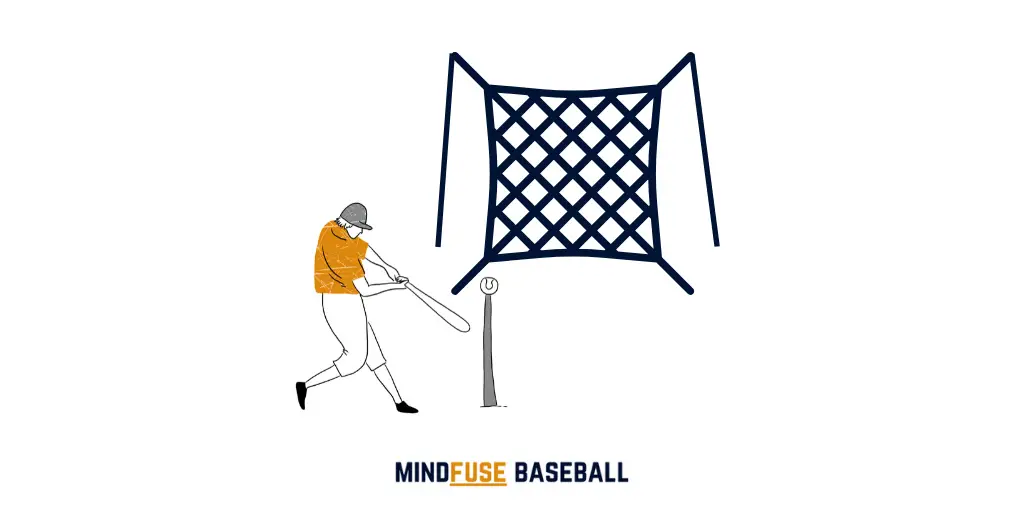
Objective: To help improve baseball hitting at home
We’d recommend picking up a baseball batting tee and hitting net and start having your 5 year old getting used to the setup as soon as possible. This provide endless hours of practice for a minimal investment.
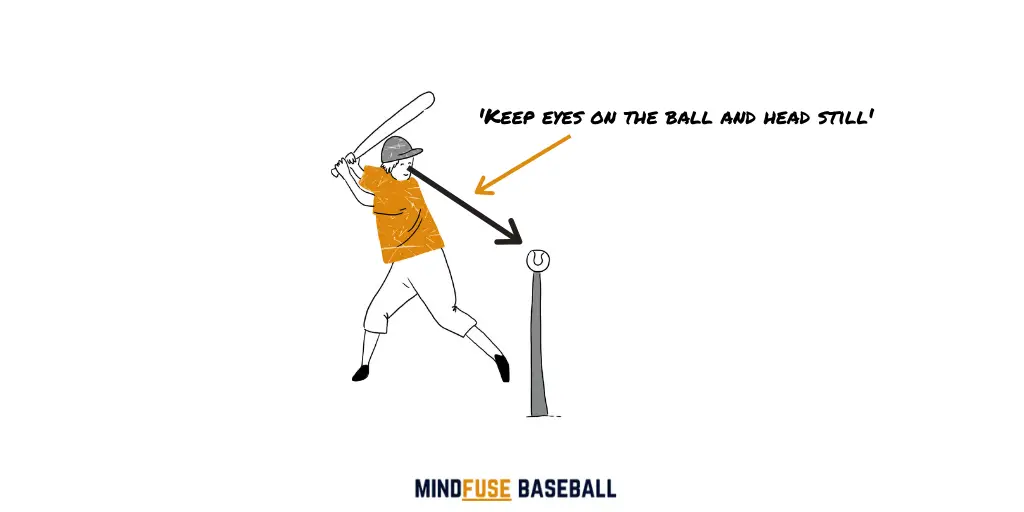
Objective: Help develop bat-to-ball familiarity and power.
Pretty easy drill to set up using a larger ball such as a football or basketball. You will need a batting tee of course but other than that you’re good to go.
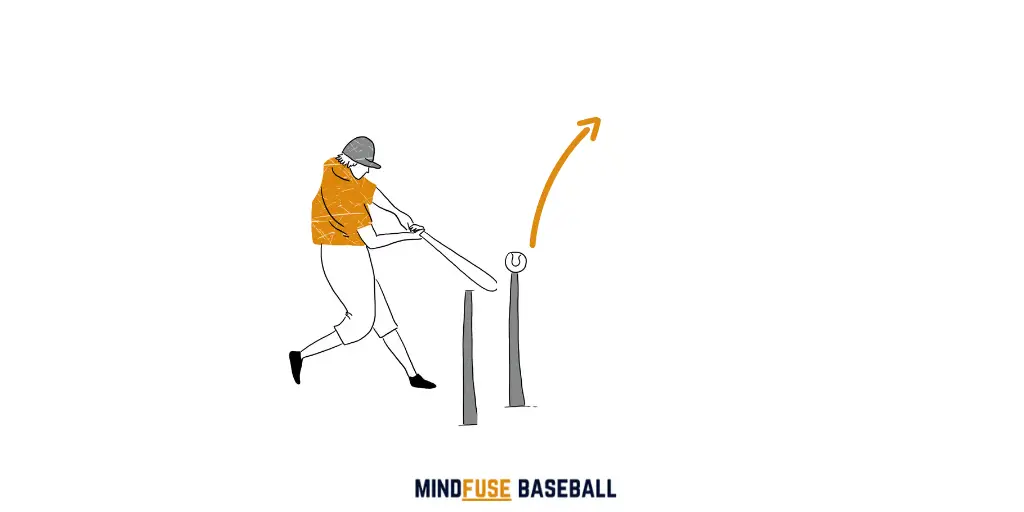
Objective: Help players understand swing plane
Using two tees set up one behind the other allows you as the coach and the player to get instant swing feedback. Is there a ‘loop’ in their swing? Two Tee Swing Plane will find out…
![Baseball Drills for Kids: Catch Chain [MindfuseBaseball.com]](https://mindfusebaseball.com/wp-content/uploads/2020/04/Baseball-Drills-for-Kids_-Catch-Chain.png)
Objective: Help develop throwing and catching in a semi-competitive game
This game takes the old throw and catch game we’re all so familiar with and adds a little variation to it by lacing markers at different distances. Get your players gloved-up and ready here…
Tee Ball Throwing Drills
Objective: To develop throwing skills
Here’s a video from Little League baseball website that walks you through some great foundation throwing drills for tee ball ages groups.
Tee Ball Fielding Drills
And here’s another video worth watching to develop your young players foundational fielding drills.

Baseball Drills for 7 Year Olds (7u): Baseball Training For Seven Year Old Kids
At 7 years old, your players are entering the last stage of Tee Ball age groups. They should be able to confidently perform drills you set them from the tee-ball set when they were 6 years old, but now you’ll also start to introduce them to more advanced techniques and drills priming them for their later years.
You’ll re-enforce things they will have learnt from their previous years while preparing them for what they will learn when they turn 8.
The fundamental skills and topics you should cover at this age group include:
- Warm Ups: Warm ups can be done in a variety of different ways. But, sometimes using drills from previous age groups might work well here too.
- Fielding: A fundamental part of the game, here’s you’ll start to progress the difficulties of the throws and catches they make
- Hitting: Again another fundamental part of the game that now starts to take on more progression in difficulty
- Running Bases: While you would have touched on this in previous age groups, now is the time to step up up to the next level
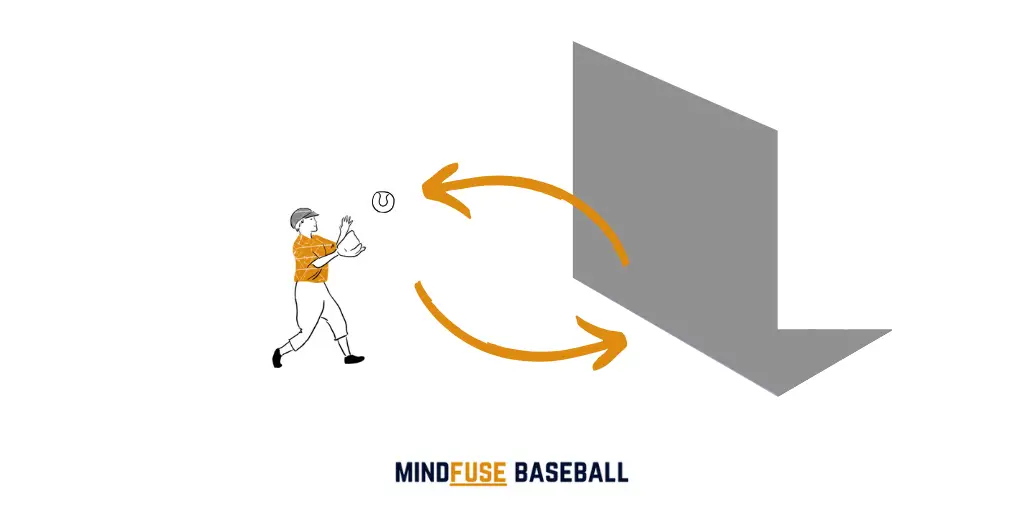
Objective: Simulate different types of balls. Develops hand-eye coordination and catching skills
Great drill that can be used at home to train alone. Another great alternative to wall ball is using a pitchback and rebounder net.
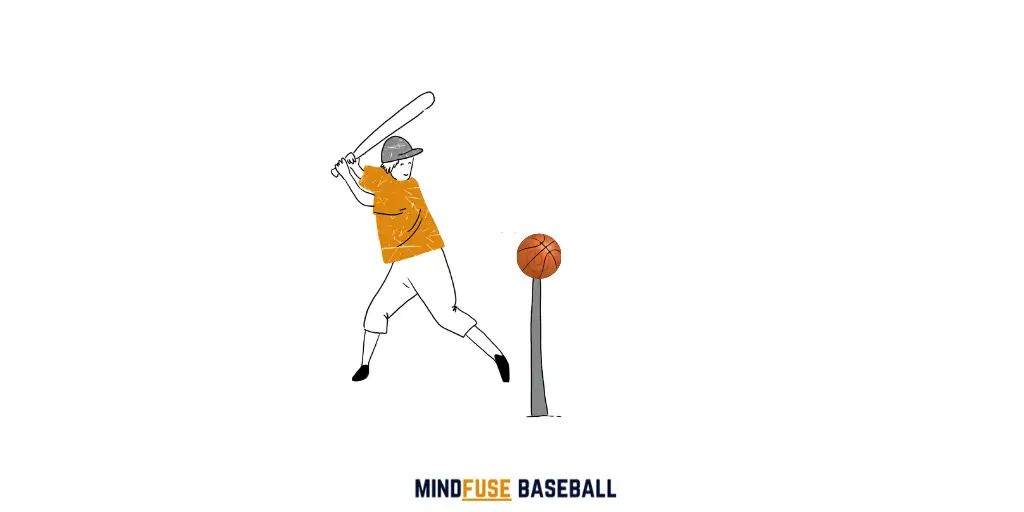
Objective: To help players with their hitting development and reaction skills
A great improvised drill I found when looking for some baseball drills while quarantined. With a little bit of creativity most things are possible….
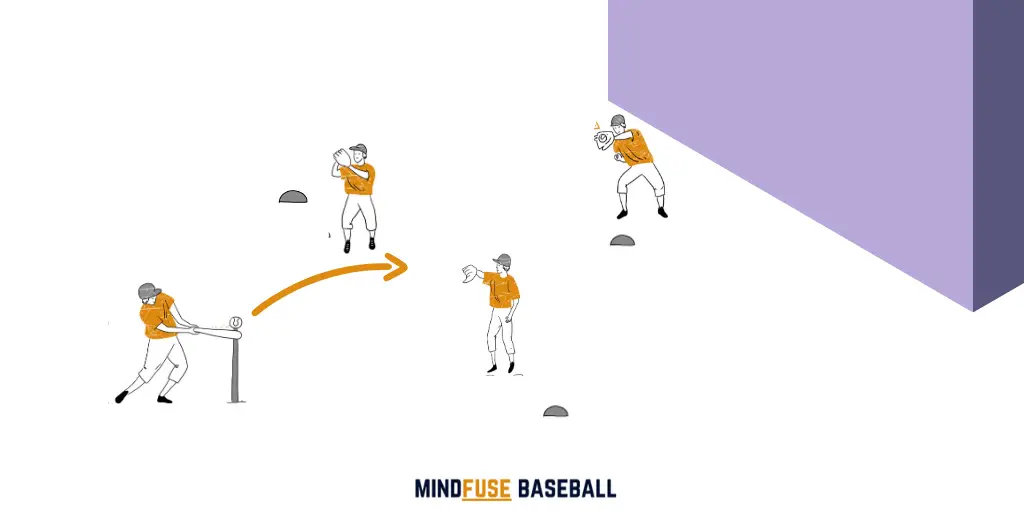
Objective: Develops both hitting accuracy of hitter and positioning and catching skills of fielders.
This is good drill that can be used with multiple players for maximum participation. Depending on the skill of your players and the space you have to work with – you may need to adapt the ball you are using for safety purposes.

Baseball Drills for 8 Year Olds + : Baseball Training For Eight Year Old Kids & Up
Prior to this age group we haven’t really introduced our players into the pitching side of the game.
You can start to introduce basic pitching principles to this age group. At this point in their development you’ll start to notice small differences in the playing levels of different kids – so plan your practice drills accordingly.
When coaching your 8 year old’s, there’s nothing stopping you from using drills from younger age groups and looking to progress your players to drills that would benefit older players.
Just don’t forget, 8 year old’s, while the oldest age group in this guide is still very young! So make sure your drills are appropriate and take all skill levels into consideration.
In terms of ‘standards’ to look for:
- Average Pitching Velocity: 39 MPH
- Hitting Distance: Around 50 yards
Instant feedback for your players is important, so investing in a pitching strike zone can go a long way in aiding their pitching development.
You could also try developing fielding fundamentals while using a fungo bat too.
On the hitting front you’re pretty much free to use a selection of the drills above and those found on our youth baseball guide.
![One Knee Towel Drill: Baseball Pitching Drills [MindfuseBaseball.com]](https://mindfusebaseball.com/wp-content/uploads/2020/06/One-Knee-Towel-Drill.png)
A great way to introduce your young players to pitching is to get them simulating the movement – and using a towel is one of the greatest ways to do this.
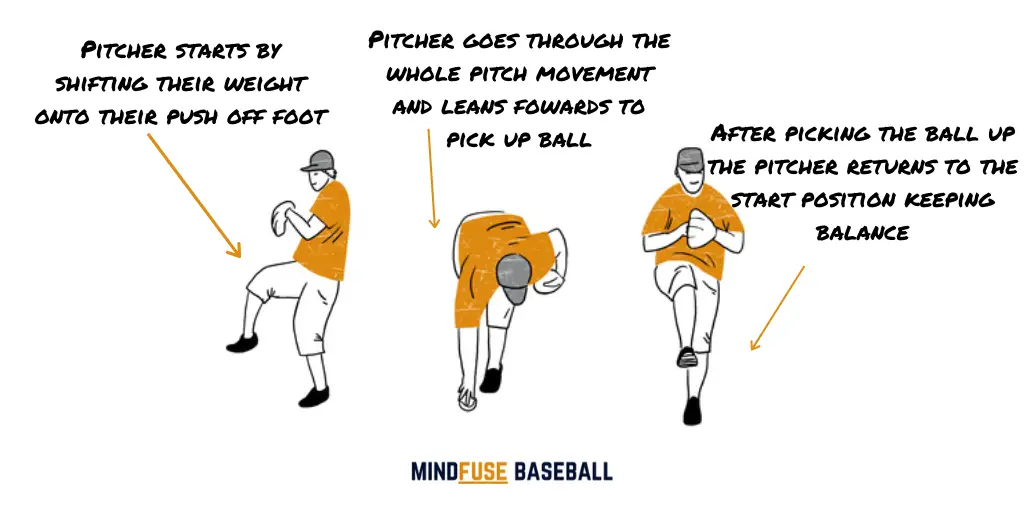
This drill works on both the control and balance aspects of your young players pitching movement. If this drill is too hard for them, then it might be beneficial to work more on balance before introducing this drill.
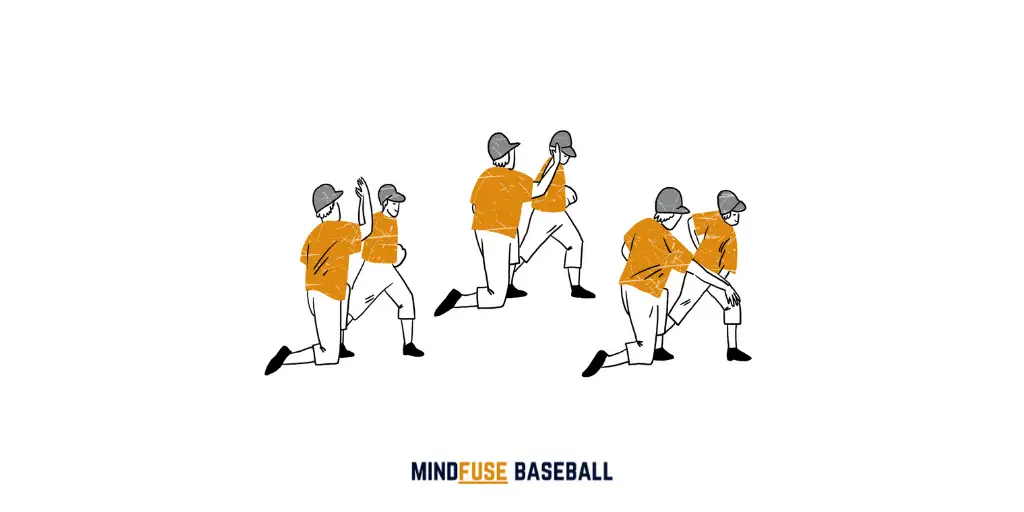
Another movement and control drill – this time with the assistance of a coach. High-five pitching drill primarily focuses on encouraging your young player to follow through.
Tee Ball
The Little League states that Tee Ball is the entry level division for 5-7 year old’s (also includes 4 year olds’ too.)
T-ball is often the first exposure a young budding baseball player will have to baseball – so it’s imperative to not only coach the fundamentals of baseball in a simplified way (t-ball) but to do it in a way (as I’ve mentioned above) that gives them the freedom to learn, make mistakes and improve in fun and engaging way.
If I was sum up your sole aim as a coach when working with 5-7 year old’s it would be this:
“You want your little baseball players to turn up excited and ready to learn each week. If they show that commitment, the improvement in their actual skills – will soon follow”
Tee Ball vs Coach Pitch
A quick word on Coach Pitch before we move onto each age group…
As we already know, Tee Ball is an adapted variation of the game taught to younger players to help them develop their baseball skills. It removes the difficulty of pitching freehand to players and allows younger players to focus and get used to making a connection with the ball first by using a batting tee.
Coach pitch is used with age groups usually under 9 years old – with an overlap between ages 7 and possible overlap between 9-10 years old depending on the skills level of your young budding star.
Coach pitch involves the coach pitching the ball to the player. Now, it’s worth mentioning coach pitch isn’t easy.
So, while you may introduce your 7 year old baseball players to coach pitch at some point within your practices, it generally recommended you don’t use coach pitch until your players have had at least 1 years experience with tee ball.
Teaching Basic Baseball Rules to kids
Finally, once you’ve got your throwing, catching and adapted hitting drills done it’s time to consider teaching basic rules. Again, I’d recommend keeping this super-simple.
When working with this age group, a great way to teach rules (outside of normal drills) is to do a question and answer at the end and start of practice. In drills focus on things like which base to run to and the very basic rules of play.
Important Things to Remember
Again, to wrap everything up it’s important that however you plan or deliver your drills and activities for this age group, is that you focus on:
- Keeping things simple
- Creating a fun environment
- Encouraging mistakes and learning from those mistakes
Baseball drills are just that – drills. It’s the knowledge, experience and energy you bring as a coach which will ultimately define how well you players develop and how much fun they have.
Remember, don’t overcoach and allow them to learn and progress at a pace that doesn’t turn them away from the game forever!
Also keep in mind, that as your players progress, their approach (and yours) to the game must change too. This change applies for everything from the way you talk to them and coach on an individual level to the equipment they use.
